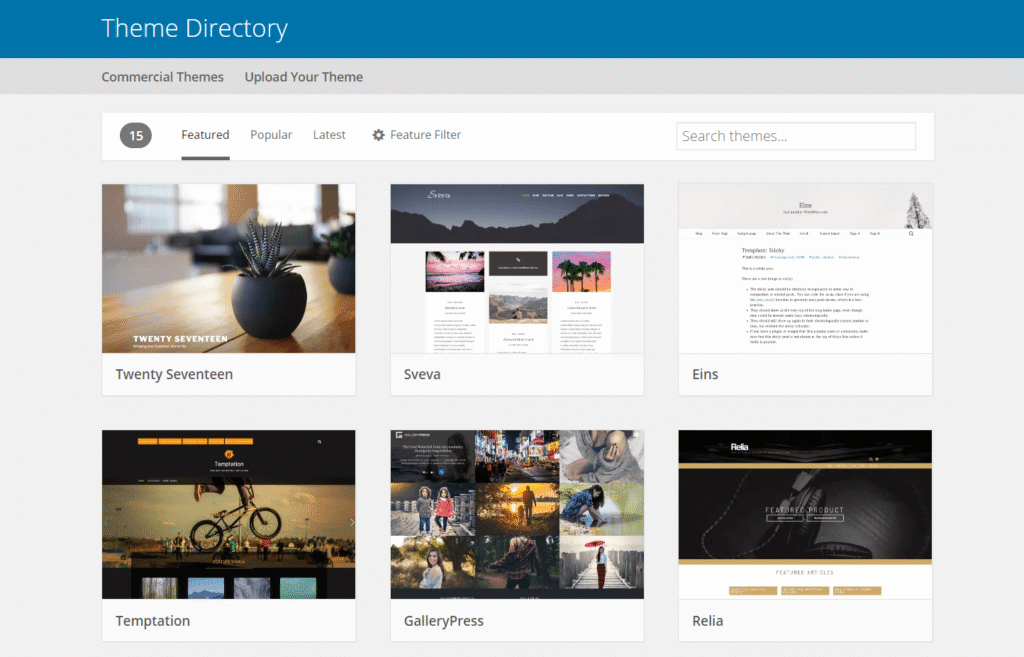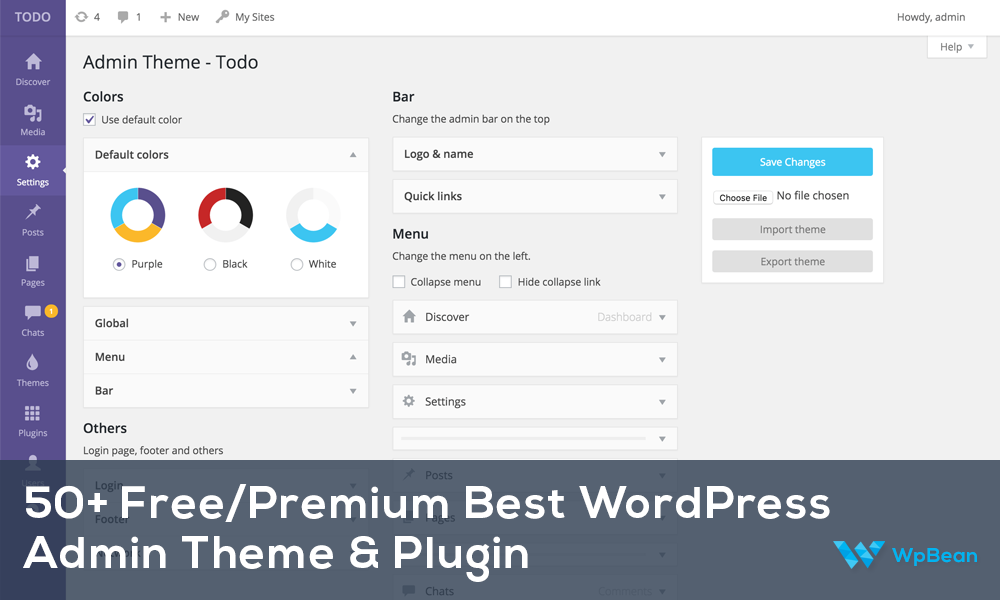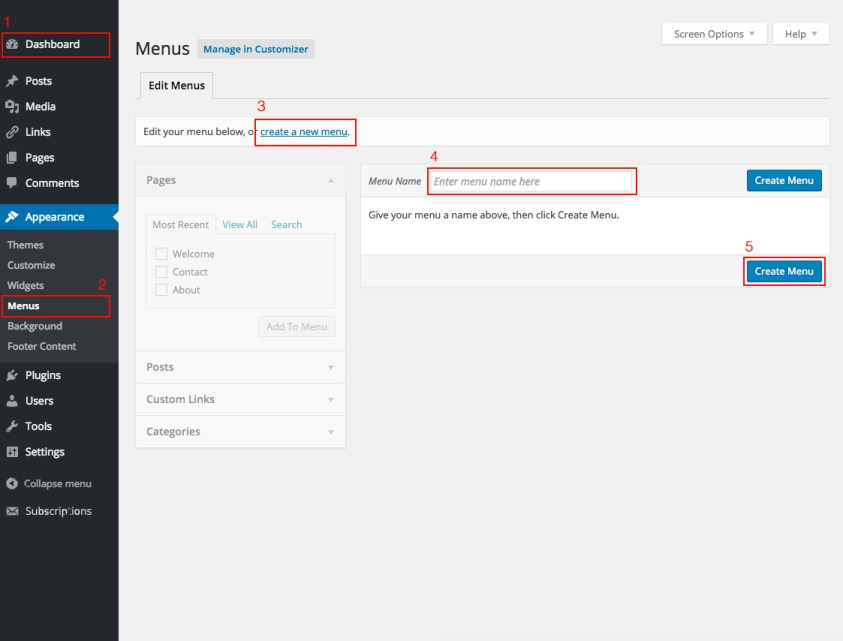Where in WordPress Admin Panel You Can Find Themes and Widgets: A Simple Guide for Beginners
When I first started using WordPress I quickly realized how important themes and widgets are for creating a unique website. They shape the look and feel of every page and add those handy features visitors love. But finding where to manage them in the admin panel can feel a bit confusing at first.
I know the dashboard has a lot going on and it’s easy to get lost. That’s why I want to share exactly where you can find themes and widgets in WordPress. Once you know where to look you’ll be able to customize your site with confidence and make it truly yours.
Navigating the WordPress Admin Panel
I access the WordPress admin panel by adding /wp-admin to my site’s URL. Once logged in, I see a vertical navigation menu on the left. The main dashboard screen displays widgets with quick site stats and recent activity.
Themes Location:
I find themes under the “Appearance” menu. Clicking “Appearance” expands several options. I select “Themes” to view all installed themes. I add new designs by clicking “Add New” at the top.
Widgets Location:
I find widgets also under “Appearance”. Choosing “Widgets” displays widget-ready areas, often labeled by theme sections like “Sidebar” or “Footer”. I add, move, or remove available widgets using simple drag-and-drop controls.
Key Sections in WordPress Admin Panel
| Section | Location Path | Purpose |
|---|---|---|
| Themes | Appearance > Themes | Manage, install, activate site designs |
| Widgets | Appearance > Widgets | Add, remove, arrange sidebar/footer tools |
| Customizer | Appearance > Customize | Preview and adjust theme, widget settings |
Where to Find Themes in the WordPress Admin Panel
Themes set the foundation for any WordPress site’s appearance and layout. I access and change these themes entirely from one place in the dashboard.
Accessing the Appearance Menu
I locate the “Appearance” menu in the main navigation on the left side of the WordPress admin panel. Clicking “Appearance” expands a submenu with options like Themes, Widgets, and Customize. This menu acts as the starting point for theme management and appearance adjustments.
| Menu Location | Description | Example Options |
|---|---|---|
| Admin Panel Sidebar | Vertical menu on the left | Appearance, Plugins, Posts |
| Appearance Submenu | Drops down from Appearance | Themes, Widgets, Customize |
Exploring the Themes Section
I select “Themes” from the expanded Appearance menu. This section displays all installed themes including the active one. Each theme is shown with a preview, activation button, and options link. I can switch between installed themes here at any time.
| Themes Displayed | Function | Example Actions |
|---|---|---|
| Active Theme | Shows currently applied design | Preview, Customize |
| Inactive Themes | Other installed designs | Activate, Delete, Preview |
| Add New Button | Start the installation of new themes | Search, Upload, Install |
Installing and Activating New Themes
I click the “Add New” button at the top of the Themes page. WordPress shows a directory with thousands of free and premium themes, sortable by feature, popularity, and latest release. I use the search box for specific styles or purposes, such as blogging or business. After selecting a theme, I click “Install”, then activate it directly in the dashboard. My site’s look changes instantly after activation.

| Step | Action | Result |
|---|---|---|
| Click Add New | Browse directory | Access official WordPress theme repo |
| Use search/filter | Narrow theme choices | Find niche or casino-style themes |
| Install then Activate | Apply a new theme | Site adopts the new appearance |
Where to Locate Widgets in the WordPress Admin Panel
Widgets offer quick customization for your site’s layout and interactive elements. I navigate to them through the WordPress admin panel for precise placement of features like recent posts, search boxes, or casino bonus banners.
Using the Widgets Submenu
I access the Widgets section by selecting Appearance on the left navigation menu, then clicking Widgets. The Widgets screen displays all available widget areas, such as the sidebar and footer, plus a catalog of active and inactive widgets.
| Menu Location | Steps to Access | Widget Areas Displayed |
|---|---|---|
| Appearance > Widgets | 2 | Sidebar, Footer, Header (if theme supports) |
Managing Widgets in WordPress
I add, rearrange, or remove widgets by dragging widgets from the available list into designated areas. Each widget, for example, “Recent Posts” or “Text,” comes with configuration options for titles or custom content.
I edit widget settings directly from the Widgets screen. Clicking on the widget expands configuration options, allowing me to update, save, or delete the widget as needed. Some themes use the Block Widgets Editor, so I may see a block-based interface for organizing widgets instead.

| Widget Type | Typical Placement | Configuration Options |
|---|---|---|
| Text | Sidebar, Footer | Title, Custom Text/HTML |
| Recent Posts | Sidebar, Footer | Number of posts to display |
| Casino Promotions | Sidebar | Image, Link, Offer Text |
| Search | Header, Sidebar | Placeholder Text |
These tools help me quickly adjust site features and content for custom user experiences, including dynamic promotions found on casino sites.
Tips for Customizing Your Site With Themes and Widgets
Customizing with themes and widgets in WordPress expands layout control and feature variety across your website sections. I access “Appearance” in the admin sidebar for centralized theme and widget tools. I preview theme changes using the built-in Customizer before activating updates, which prevents disrupting the live site. I combine theme settings with custom widgets to create unique homepages, landing pages, or interactive footers.
Table: Common Widget Uses by Site Area
| Widget Type | Location | Typical Usage Examples |
|---|---|---|
| Navigation Menu | Sidebar, Header | Quick links to key site sections |
| Search | Sidebar, Header | Site-wide search bar |
| Recent Posts | Sidebar, Footer | Show latest blog or news articles |
| Custom HTML | Footer, Sidebar | Casino promotion banners, scripts |
| Social Icons | Header, Footer | Display social media profiles |
I use the Block Widgets Editor for drag-and-drop customization and real-time previews if the theme supports it. I activate or deactivate individual widgets for site freshness and easy content testing.
Table: Theme Customization Features
| Feature | Customizer Panel Area | Description |
|---|---|---|
| Site Identity | General Settings | Edit site title, tagline, logo |
| Colors | Design | Set main color palette |
| Menus | Navigation | Reorder menu links and navigation |
| Widgets | Sidebar, Footer | Add or customize widget elements |
| Homepage Settings | Layout | Choose posts, static page display |
Efficiently using themes and widgets in the admin panel, I set a visual identity and add interactive elements and promotional tools, such as casino banners, to target audiences and optimize engagement. I regularly review theme and widget options after core or plugin updates, which ensures optimal display and performance consistency.
Conclusion
Mastering where to find themes and widgets in the WordPress admin panel has made a huge difference in how I approach website design. Once I got comfortable with the Appearance menu and its options I found it much easier to experiment and update my site’s look without worrying about breaking anything.
Exploring new themes and customizing widgets lets me keep my site fresh and engaging for visitors. With a little practice I’ve gained the confidence to try new layouts and features that truly reflect my brand.
